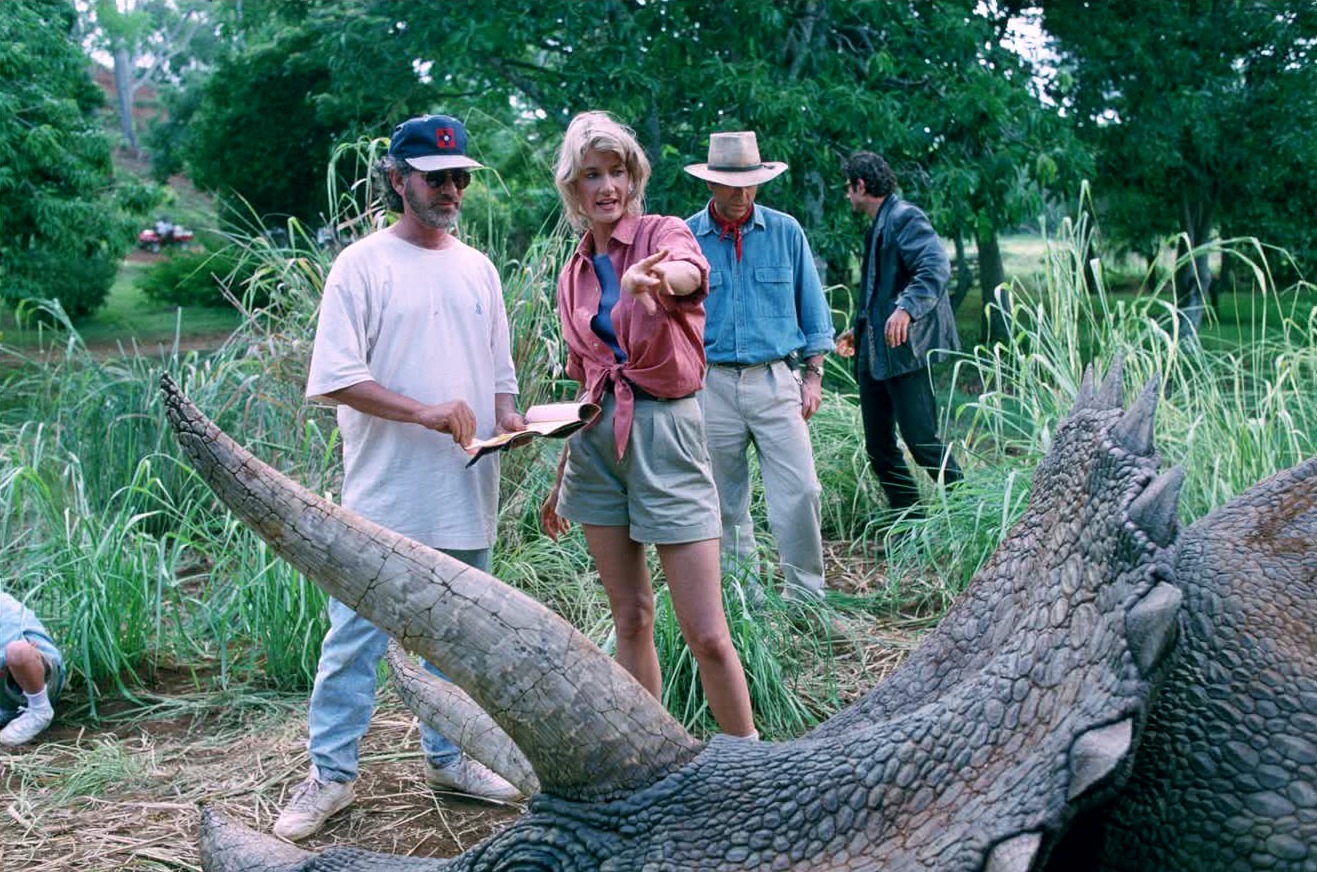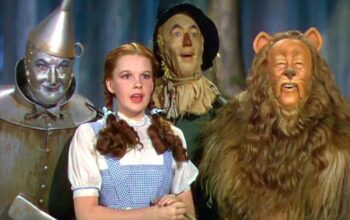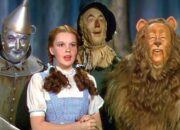Uzone.id – Movie magic has evolved so much, moving from physical or practical effects to stunning visual effects that have now become integral to captivating the audience and sparking curiosity about behind-the-scenes. How did they create dinosaurs to walk the earth in the early 1990s? The outer space reenactment is just out of this world – literally and figuratively. How?
Steven Spielberg’s name inevitably comes to mind when we think about the cinematic magic of the 21st century, especially the remarkable visual effects in today’s blockbuster films. He is known as one of the most influential filmmakers in history. Still, one of his lasting legacies is his pivotal role in advancing the use of CGI (computer-generated imagery) in film.
Remember Jurassic Park? This everlasting collaboration between Spielberg and Industrial Light & Magic (ILM) has been claimed as the film industry’s revolutionary work, specifically regarding CGI. ILM is a CGI company founded by George Lucas, an old dear friend of Spielberg who is known as the creator of the Star Wars saga.
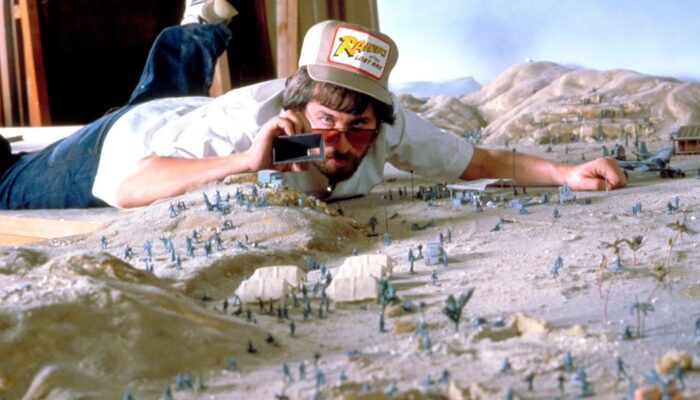
Spielberg was redefining modern cinema through the digital revolution in this adventure movie.
Early days of special effects
Before Spielberg came along, movies relied mostly on tricks to create special effects. They used models, puppets, and stop-motion animation. These old-school methods were cool for their time, but they had their limits. For example, stop-motion monsters and claymation in movies like King Kong were amazing, but they moved in a choppy way, making it hard to believe in the characters.
In the 1980s, directors in Tinseltown started trying out new CGI tricks. Spielberg was always excited about trying new tech. In his movie Close Encounters of the Third Kind, he used a mix of real models and cool light effects to make amazing images, even though most of the movie was made with practical effects.
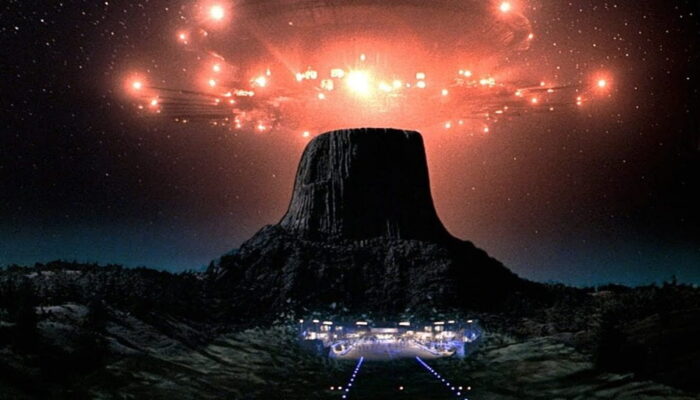
However, it wasn’t until the late 1980s and early 1990s that CGI’s possibilities truly began to expand.
‘Jurassic Park’: A Game Changer
One of the biggest moments for CGI was Spielberg’s 1993 movie Jurassic Park. Before that, Spielberg was famous for using real-life tricks to create amazing effects, like the mechanical shark in Jaws and the cool sets in Raiders of the Lost Ark.
But when Spielberg wanted to make dinosaurs look real, he knew puppets and animatronics wouldn’t be enough.
At first, Spielberg and his team wanted to use puppets and stop-motion for the dinosaurs. But Spielberg instantly realized it was groundbreaking when they saw a CGI test of a group of dinosaurs called Gallimimus running. He then visualized that CGI could make these prehistoric creatures move in a way that looked real, unlike puppets. They combined CGI with real dinosaur models to make the dinosaurs seem completely believable.
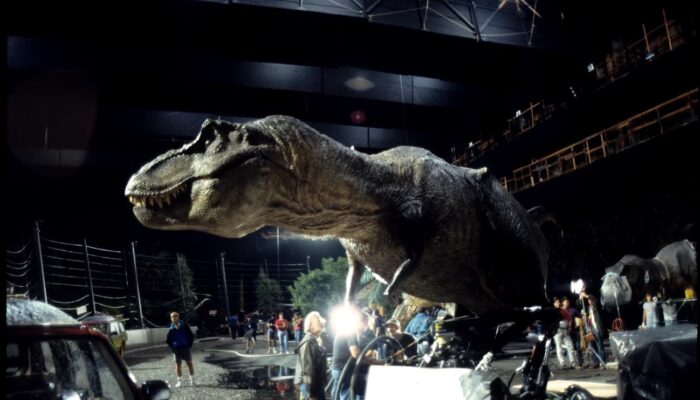
Jurassic Park was a huge deal for movies. People were amazed by how real the dinosaurs looked. The movie showed that CGI could be a great tool for filmmakers. Spielberg was brave to try this new technology, which changed how movies are made.
Collaborating with Industrial Light & Magic (ILM)
Spielberg’s collaboration with Industrial Light & Magic (ILM) was crucial to advancing CGI. ILM had already been innovating with digital effects in films like The Abyss and Terminator 2: Judgment Day. But Spielberg pushed them to expand further the possibilities of what CGI could do.
Working with ILM on Jurassic Park and later films, Spielberg helped drive innovation in CGI techniques. His attention to detail and desire for realism pushed the team to constantly improve their methods, setting new standards for visual effects in cinema.
Spielberg’s partnership with ILM helped make CGI even better. ILM became a leader in the movie industry, and Spielberg’s movies were always at the forefront of new CGI technology. Spielberg didn’t just use CGI for the show; he used it to make the story more interesting and engaging for the audience.
Blending CGI with traditional filmmaking
Spielberg wasn’t just good at using new technology; he also knew how to mix it with old-school moviemaking. In Jurassic Park, he mostly used animatronics for close-ups and only CGI for the big, complicated shots, which made the dinosaurs look super real.
Spielberg did the same thing in later movies like War of the Worlds. He used CGI for the alien tripods and real effects to make the movie feel scary. By mixing old and new tricks, Spielberg ensured the CGI didn’t take over the movie or make the actors look bad. It made the movie better.

The Impact on Future Filmmakers
Spielberg was the first director to use CGI, which changed how movies are made. Other directors like Peter Jackson, James Cameron, and the Wachowskis learned from Spielberg and made their amazing movies with CGI.
Now, CGI is used in almost every movie, from small indie films to big blockbusters. Spielberg was one of the first to see how powerful CGI could be, and he worked with ILM to make it even better.
Steven Spielberg’s influence on the CGI revolution cannot be overstated. His work in the 1990s, particularly with Jurassic Park, changed the landscape of visual effects forever. He not only showcased what CGI could do but also how it could be seamlessly integrated into storytelling.
Now, every movie uses CGI, from superhero films to cartoons – we all can say that it’s been Spielberg’s legacy that had an enormous impact on movie magic. He showed filmmakers how to use CGI to tell stories in a way that’s both exciting and meaningful.

